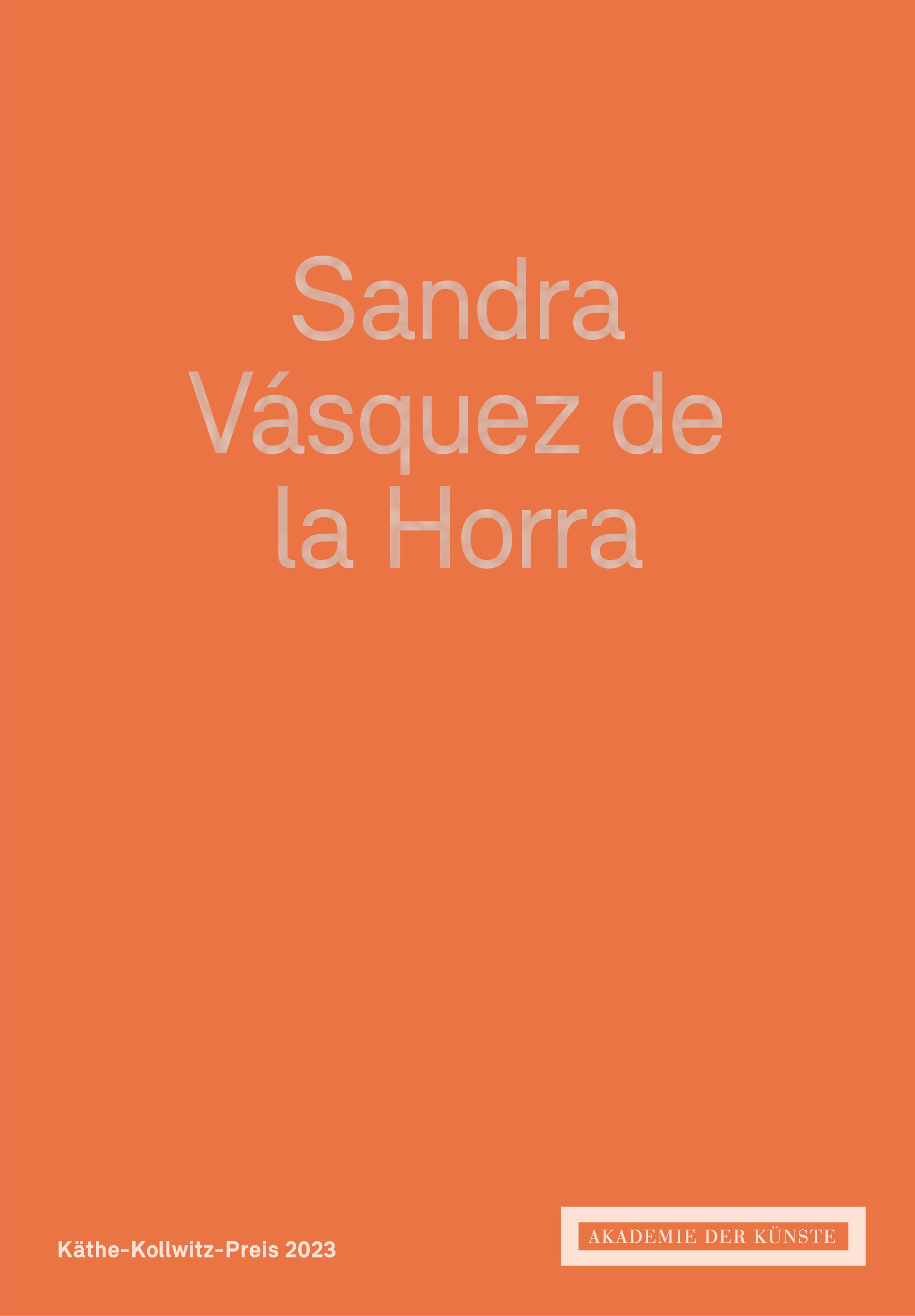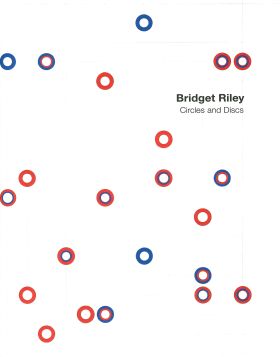Publications
The Akademie der Künste publishes its own publications in connection with exhibitions and special events, as well as new acquisitions in the archives. These include exhibition catalogues, symposia documentation, monographs on individual artists, as well as publications on thematic main focuses and on selected archival collections.
Our publications can be ordered by phone or email, and you can visit our bookstore on Hanseatenweg in Berlin, which has access to all of the Akademie der Künste’s available books and antiquarian rarities.
Sinn und Form
Every two months, the Akademie der Künste also issues the “Sinn und Form” (Purpose and Form) journal.
Founded in 1949 by Johannes R. Becher and Paul Wiegler, the cultural magazine Sinn und Form (Purpose and Form), published by the Akademie der Künste, is one of the most influential of its kind in Germany. Originally addressed to a literary audience in particular, the journal today is also a venue for philosophical, aesthetic, and social issues, for the meeting of art and science, poetry and anthropology, and is thus a key publication for many Academy members. The ambitious programme has an international focus and comprises selected letters and conversations, essays, poems, and narratives. Findings from the extensive Academy Archive continue to be presented.
Current Publications
Journal der Künste 23
Published three times a year (German/English), available free of charge
ISSN (Print EN) 2627-2490
not yet published
The first issue of Journal der Künste under the presidency of Manos Tsangaris and Anh-Linh Ngo focuses on artistic freedom. Texts by Lena Gorelik, Ralf Michaels, Carsten Wurm and others as well as a conversation with Kristóf Kelemen and Gergely Nagy from Hungary address the defence of artistic autonomy from various perspectives. Further contributions provide insights into the genesis of the current exhibitions and the work of the archive.

Kalender 2025: DDR-Plakate
Weingarten
Akademie der Künste, Berlin / Athesia Kalenderverlag GmbH, Unterhaching 2024
German, 14 pp.,
12 ill.
ISBN 987-3-839900-92-5
Best.-Nr. 1216
€ 8
What do Putzi, a children’s toothpaste, the Leipzig Zoo and eating yoghurt have in common? They are advertised in the posters selected for the 2025 Calendar of GDR Posters. The Akademie der Künste houses an extensive collection of posters from the early German Democratic Republic, which provides the basis for the annual calendar.

Candida Höfer Käthe-Kollwitz-Preis 2024
Akademie der Künste, Berlin 2024
German/English, 56 pp.,
27 ill.
ISBN 978-3-88331-260-6
Best.-Nr. 9039
€ 10
Candida Höfer’s oeuvre, which has grown over five decades, ranks among the photographic avant-garde of the present day. The large-format images show public and semi-public spaces such as libraries, storage rooms, museums and opera houses – places of encounter, communication, memory and knowledge. They are not architectural photographs, but rather portraits of spaces. Höfer uses them to explore architectural concepts and how they form the human experience. The exhibition catalogue contains numerous illustrations and an essay by Matthias Sauerbruch.

Sandra Vásquez de la Horra Käthe-Kollwitz-Preis 2023
Akademie der Künste, Berlin 2024
Akademie der Künste 2024
German/English, 56 pp.,
33 ill.
ISBN 978-3-88331-259-0
Best.-Nr. 9038
€ 10
Works by the 2023 recipient of the Käthe Kollwitz Prize, Sandra Vásquez de la Horra, focus on conflicts with which societies all over the world are currently grappling. She tackles questions relating to gender and sexuality, intercultural reflections and spiritual practices, confronting them with archetypes of our collective consciousness and social taboos. Human existence is at the centre of her poetic visual world – explicitly, women and the female body. The exhibition catalogue contains numerous illustrations and an essay by Siegfried Zielinski.

Bridget Riley. Circles and Discs (1961-2023)
Robert Kudielka und Angela Lammert
Holzwarth Publications, Berlin 2024
German/English, 36 pp.,
30 ill.
ISBN 978-3-9471-50-4
Best.-Nr. 1213
€ 15
The exhibition catalogue encompasses all the work studies and paintings in the show – including completely unknown works on paper – investigating for the first time the potential of a single motif running through Bridget Riley’s creative oeuvre: the circle as form. In a brief history, the texts explore this “strictest of all forms” within the scope of its dynamic ability to unfold, the significance of studies, and scalability.